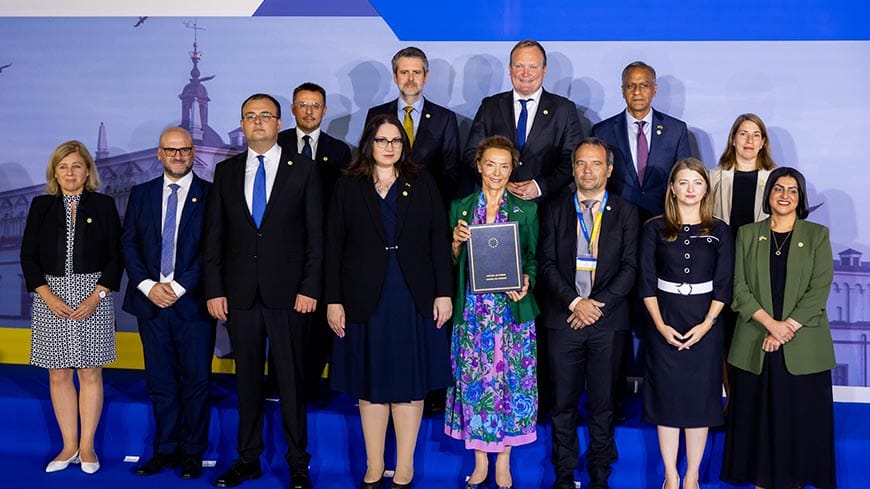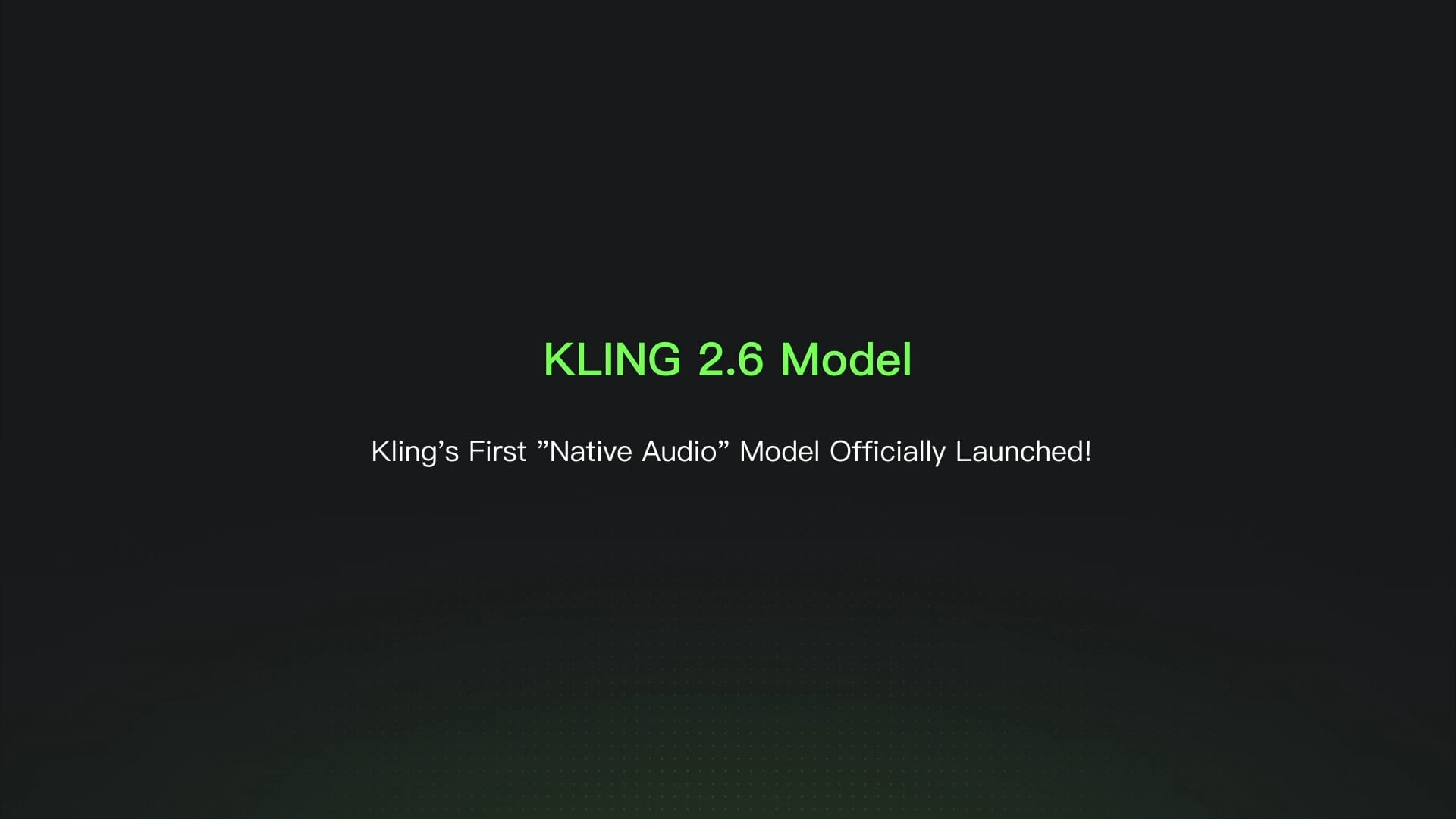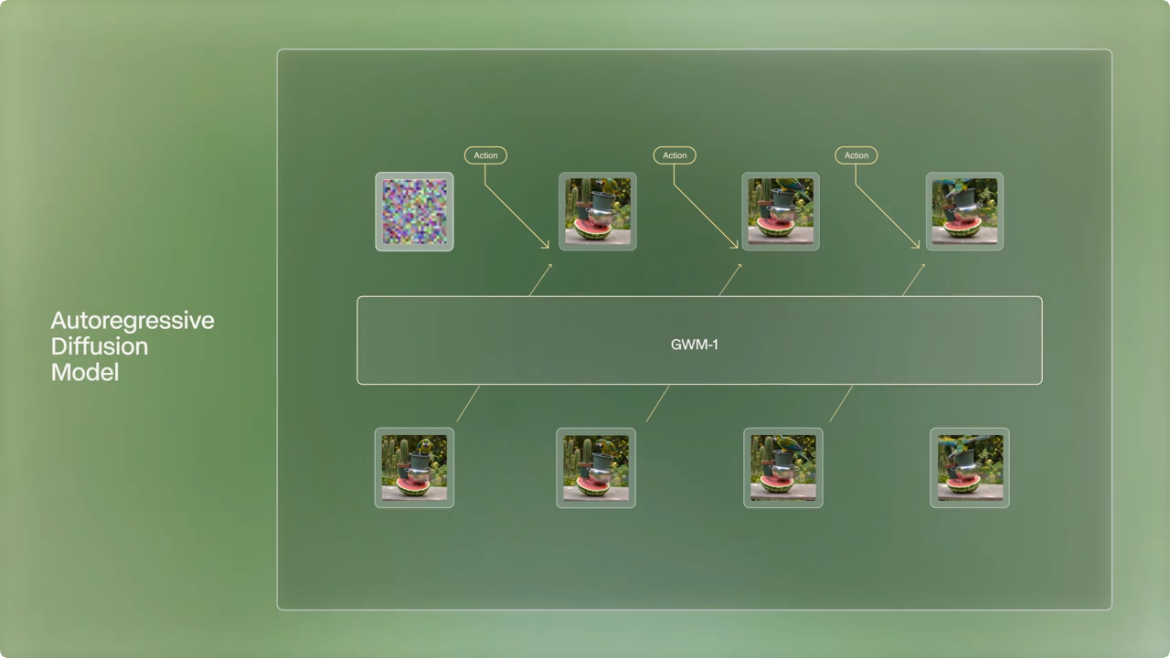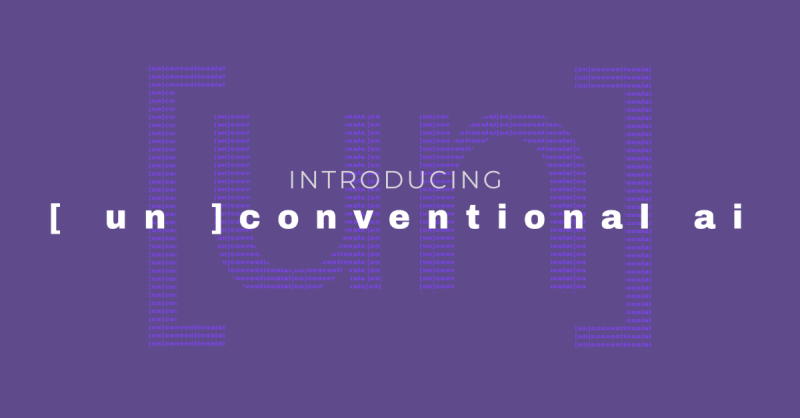The Council of Europe has been working on an international safety AI treaty since 2019 when it tasked the Committee on Artificial Intelligence (CAHAI) to determine the feasibility of developing such a treaty; a different Committee on Artificial Intelligence (CAI) was responsible for drafting and negotiating the treaty, which was named "Framework Convention on Artificial Intelligence and human rights, democracy and the rule of law".
All 46 member states of the Council participated in the drafting process, as did the Council's observer states (Canada, Japan, Mexico, the Holy See, and the United States of America), the European Union, and non-member states Australia, Argentina, Costa Rica, Israel, Peru, and Uruguay. Moreover, 68 global representatives for civil society, academia, industry, and other international organizations were closely involved in the development of the treaty.
The Framework Convention on AI was opened for signatures during a Council of Europe Ministers of Justice conference in Vilnius. The treaty was signed by Andorra, Georgia, Iceland, Norway, the Republic of Moldova, San Marino, the UK, Israel, the US and the European Union. It will enter into force three months after being ratified by at least five of its signatories, which must include three Council of Europe member states. Once it enters into force, any interested countries can sign it and commit to its provisions.
The precise dynamics of how the Framework will be implemented and enforced are still unclear. The Council aimed to develop a technology-neutral legal framework that leads signing countries to abide by principles such as preserving human dignity and individual autonomy, and advancing values including equality, non-discrimination, transparency, accountability, reliability, and safe innovation. This is to be achieved by, for instance, clearly informing users when they are interacting with an AI system, documenting how an AI system might impact certain demographic groups, empowering these people to challenge decisions made using AI systems, opening channels where authorities attend to formal complaints, and protecting the rights and freedoms of affected persons by establishing adequate procedural guarantees, safeguards, and rights.
The Framework also contemplates that signing states implement risk management measures, including performing risk and impact assessments, establishing adequate prevention and mitigation measures based on the results of the evaluations, and empowering authorities to declare bans on harmful systems. The treaty covers public authorities and private actors. Private actors not acting on behalf of public institutions can voluntarily commit to comply with the treaty's obligations or take alternative (but equivalent measures) that satisfy the treaty's provisions and are protective of human rights, democracy, and the rule of law.





Comments